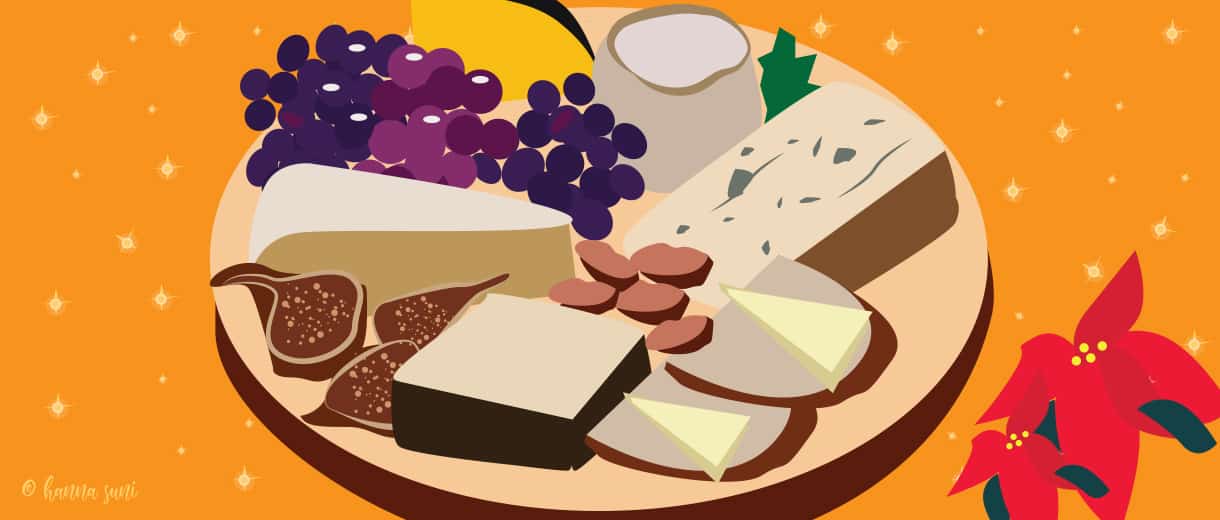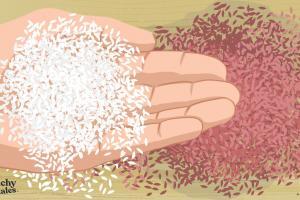Christmas Delight: How To Build The Perfect Italian Cheese Board
I have missed Italy sorely this year. Under normal circumstances, I usually make it home to Rome every few weeks to catch up with family and friends for a weekend and to enjoy all my favourite foods; but of course, the events of this difficult year have put paid to all that. For many of my family and friends, it is chocolate or sweets that make Christmas special, but for me, a carefully thought out and beautifully presented cheese board is the stuff of my Christmas foodie dreams.
So this Holiday, despite the fact that I live in a part of the U.K. where I am literally surrounded by incredibly talented English cheese producers, I am going to let Italy dominate when it comes to my cheese board.
The Basics
It is all too easy to go completely overboard when it comes to creating a cheeseboard. My recommendation is that you should stick to anywhere between three and five cheeses, but just make sure they are all really special and that there is enough for everyone to enjoy each one. If you are going for just three, you will need a soft, cleansing cheese like a fresh Sicilian ewe’s milk Ricotta or a Piedmontese Robiola; a hard cheese such as an Asiago from the Veneto or a young Pecorino from Sardinia; and the most wonderful of blue cheese like Gorgonzola Dolce (creamy and sweet) or Piccante (more firm, aged and spicy).
When it comes to eating it, you should always start with the softest, mildest cheese first, then the stronger tasting hard cheese and finally go for the blue. You will completely ruin the subtlety of the flavours if you go for a strong cheese first, as your tastebuds will just be completely overwhelmed. Should you wish to also add something really smelly and stronger, eat it between the hard and the blue. Having said all that, there is nothing wrong with serving just one perfect wedge of one very
special cheese, such as a 24-month-old Parmigiano Reggiano (the King of all cheeses) glistening with tiny, crunchy salt crystals. Try this with some aged Balsamic to dip mouthfuls into for a really special treat.
Stick To The Cheese Rules
When storing your cheese in the fridge, keep it wrapped in its original paper and store it in a box with a good sealable lid, ideally at the bottom in the salad drawer. To keep the cheese from sweating too much, put a sugar cube in the box to absorb excess moisture. Remember to always take your wonderful cheeses out of the fridge 1 to 2 hours before you want to eat them, to ensure they are at room temperature and so that they will give you optimum flavour.
Don’t automatically assume that red wine is the perfect partner when in fact tannic red wines can completely ruin the cheese. White wine will give you a much cleaner taste, and when it comes to the Gorgonzola try a sweet dessert wine that really complements that piquant flavour. Traditional accompaniments such as grapes, apples, pears, or celery, are meant to be the palate cleansers to enjoy between each cheese so you can really get the full taste of the cheese itself. Alongside some or all of these, serve simple crackers with a nice sharp snap, or some wonderful crusty bread. Don’t overcomplicate things with fancy, multi-flavoured cheese biscuits.
And finally, don’t nose the cheese! This means cutting across the point of the wedge, which is the strongest tasting and arguably the best bit of the whole block as part of the heart of the cheese. This action is considered to be quite bad manners and must be avoided if at all possible! Ideally, you should be aiming to cut yourself a long thin portion, and please, always use different knives for each cheese so as not to spoil the individual flavours.
I wish all you cheese lovers a Happy and very Crunchy Christmas! Hope you get the chance to enjoy some wonderful Italian formaggi!
Like this article? Sign up to our newsletter to get more articles like this delivered straight to your inbox.





